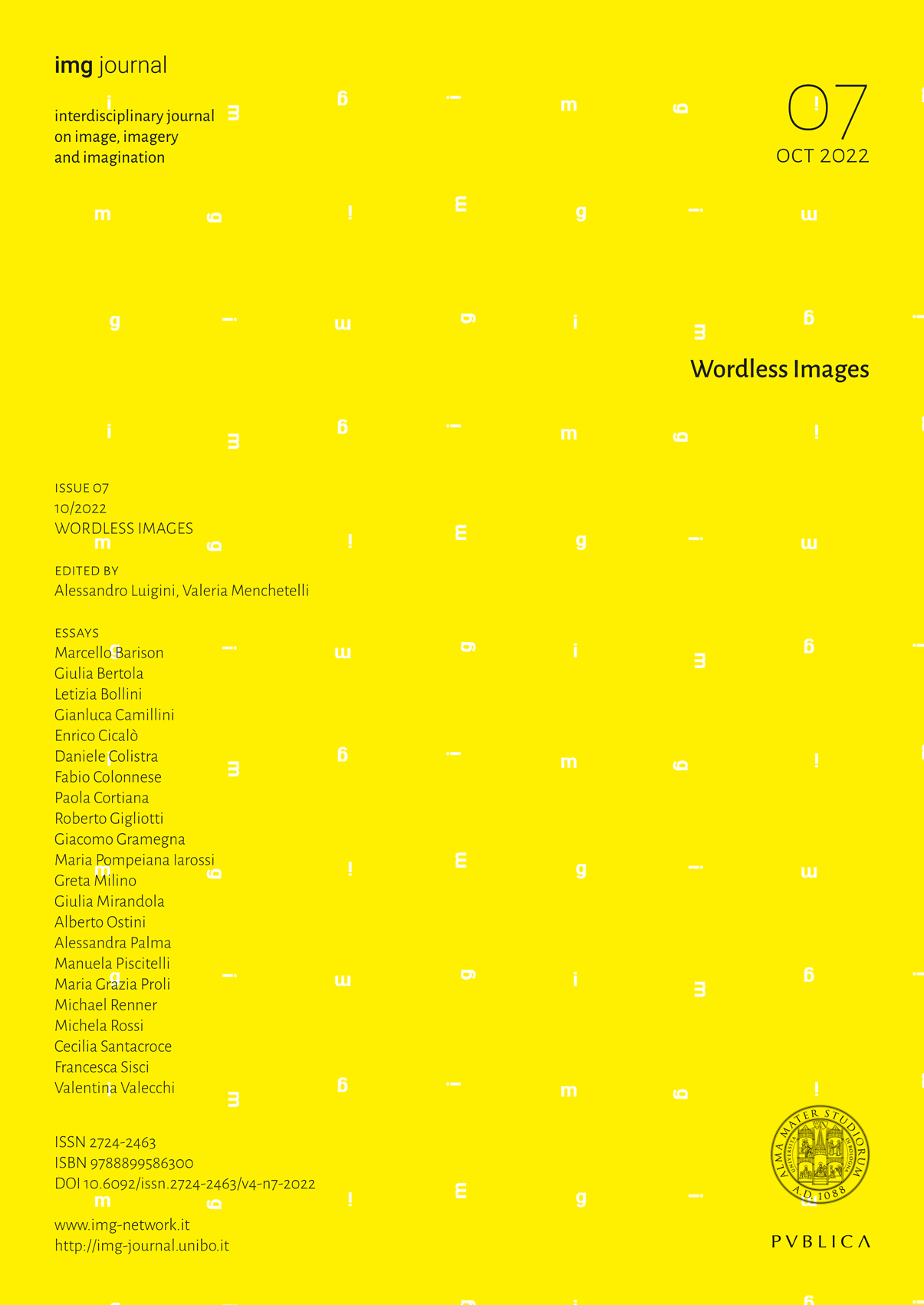Books That Are Like Walking in Quiet Spaces: Artist’s Books, Unreadable Books, Prebooks and Their Heirs
DOI:
https://doi.org/10.6092/issn.2724-2463/15135Keywords:
Bruno Munari, artist’s books, children’s literature, narrative communicationAbstract
This paper’s aim is to be a comparative investigation of artist’s books of the second half of the twentieth century and a selection of books in the current realm of children’s publishing, in order to establish significant points of contact and intersection between the two worlds, even though they are considered distant and separate.In both arenas, it is possible to identify books characterised by the absence of verbal and iconic code and by multi-sensory communication relying almost exclusively on paratextual elements. The forerunner of these experiments seems to be Bruno Munari’s Libri Illeggibili [Unreadable Books] series, a selection of artwork that forgoes text in favour of an aesthetic function alone, which gave rise to new research, including I Prelibri [Prebooks] by Munari himself, which is a series of twelve books that differ in colour, material, and shape and that lack a narrative. The latter is a model that will become a source of inspiration, in more recent years, for the likes of Katsumi Komagata or Hervé Tullet, who are today authors of innovative ‘open works’whose communicative effectiveness derives from the hybridisation of artistic languages.
Downloads
Published
How to Cite
Issue
Section
License
Copyright (c) 2022 Valentina Valecchi

This work is licensed under a Creative Commons Attribution 4.0 International License.





